Professional team for aluminum alloy processing
With the wide application of lightweight metal, CNC aluminum parts processing is becoming the choice of many industries. With our extensive processing ability and experience, CNC machining of aluminum alloy has been GEEKEE's specialty for many years.
We focus on the manufacture of non-standard precision aluminum parts with complex structures and are committed to delivering highly accurate and consistent parts to customers. We continue to invest in new equipment and skilled employees to ensure that our team maintains a strong competitive advantage. We have also been improving aluminum processing technology to improve efficiency and quality, and continue to meet customer production needs.
Customized aluminum parts batch processing
If you need help in the machining project of customized aluminum parts, our expertise in CNC aluminum machining will be one of your most capable and affordable supplier resources. We strictly implement ISO9001 quality system standards, combined with efficient production processes and flexible customization engineering, so that we can deliver complex projects in a short turnaround time and provide excellent product quality.
We also provide typical surface treatments for customized aluminum processed parts, such as sandblasting, shot peening, polishing, oxidation, electrophoresis, chromate, powder spraying, painting, etc.
Types of NC Metal Machining
CNC milling is the most common and popular machine tool in CNC manufacturing. CNC milling machines use rotating tools to remove material from parts installed on the machine tool.
There are different types of CNC milling systems, the most common type is 3-axis CNC machine tools. 3-aix means that the system has 3 linearity (X, Y, Z axis) to produce parts. The advanced is the 5-axis.
CNC machine tool, which has 5 processing degrees of freedom and is suitable for creating parts with highly complex geometric shapes. In addition, 5-aixs CNC machining is an ideal choice for simplifying manufacturing steps.
Advantages of CNC Machining of Metal Parts
Our experience in plastic parts design and machining enables us to identify the specific needs of products in various industries and have the ability to meet any plastic parts machining challenges. Our engineering team is equipped with the most advanced CNC machining equipment, which can perform many different types of machining processes and perform the best manufacturing plan for your plastic parts.
● High strength and light weight;
● Excellent machining performance;
● No mold required;
● Excellent corrosion resistance;
● Higher conductivity;
● Surface Treatment and Anodizing;
● Lower production costs;
● Recyclability;
Customized aluminum parts batch processing
If you need help in the machining project of customized aluminum parts, our expertise in CNC aluminum machining will be one of your most capable and affordable supplier resources. We strictly implement ISO9001 quality system standards, combined with efficient production processes and flexible customization engineering, so that we can deliver complex projects in a short turnaround time and provide excellent product quality.
We also provide typical surface treatments for customized aluminum processed parts, such as sandblasting, shot peening, polishing, oxidation, electrophoresis, chromate, powder spraying, painting, etc.
Supporting Materials
Generally, CNC machined metal materials include aluminum, stainless steel, mild steel, brass, copper, alloy steel, tool steel, titanium, Inconel, invar, etc. Select suitable materials and consider suitable surface treatment at the beginning of the project.
| Machining accuracy | ±0.1mm/100mm |
| Maximum molding size | 3000*1200*850mm |
| Standard delivery time | 5 working days Beijing time |
* For parts that speed up delivery time or exceed the maximum part size, please contact [shixiao_qiu@cd-geekee.com]
| All materials: | Description: | |
| Aluminum | Excellent strength-to-weight ratio, high thermal conductivity, high thermal conductivity, good low-density machinability, good ductility, good corrosion resistance, and good mechanical properties. | Learn more |
| Copper | Excellent conductivity, good machinability, low friction coefficient, good mechanical properties and high strength. | Learn more |
| Steel | Excellent machinability and weldability, high strength and toughness, high hardness and rigidity, wear resistance, fatigue resistance and corrosion resistance. | Learn more |
Comprehensive Processing Technology of Aluminum Parts
In general, aluminum CNC machining is not an independent production process. When you are faced with short-term production requirements of hundreds or more, you need a more complete solution to achieve a more efficient, accurate and cost-effective production process.
When manufacturing aluminum parts, we review each item according to the complexity and manufacturability of the parts, evaluate the production cost, and determine the process route that meets your design and specifications.
We combine 3-axis, 4-axis and 5-axis CNC milling, CNC turning and other manufacturing processes to expand the manufacturing capacity of aluminum parts, which can easily meet any challenge while saving time and cost. These optimized process combinations include: wire cutting, electric spark, die casting, precision casting, aluminum extrusion, forging and other traditional process technologies.
Metal CNC Machining Technology
|
Step 1 |
G code file preparation |
| The first step in CNC milling is to convert CAD files into a language that the machine can use, namely G code. | |
|
Step 2 |
Install the workpiece on the fixture |
| The operator places the material cut into a specific size on the machine tool bed. Generally, the workpiece of material is always called a blank or workpiece. Then it is time to install the workpiece on the processing bed or through a vise. | |
|
Step 3 |
Select the appropriate cutting tool |
| Since the computer controls the CNC cutting tool to move to the preset coordinates, the precise positioning and alignment of the workpiece is of great significance for manufacturing high-precision parts. For example, a special metering tool, a probe, is an ideal solution for this step. | |
|
Step 4 |
Cutting and removing material from the workpiece |
| Then, the workpiece can be processed. The machine tool uses professional cutting tools and rotates at high speed to remove material from the workpiece. However, in the first step, the machine is removed with relatively low speed and accuracy to obtain an approximate geometry. | |
|
Step 5 |
If necessary, flip the workpiece |
| Sometimes, the model does not realize all features through a single setting of the cutting tool, so the workpiece needs to be turned over. |
Case Reference
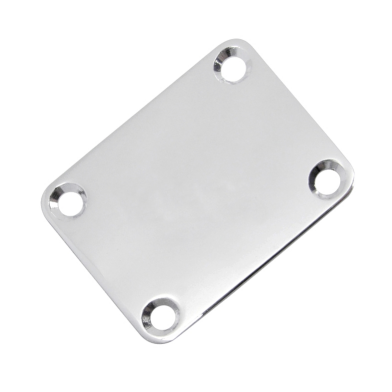
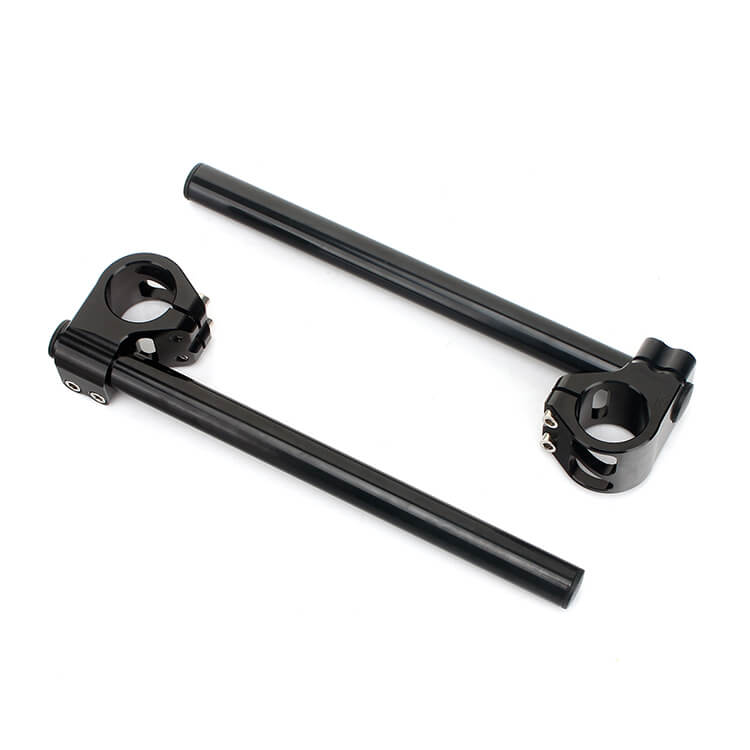
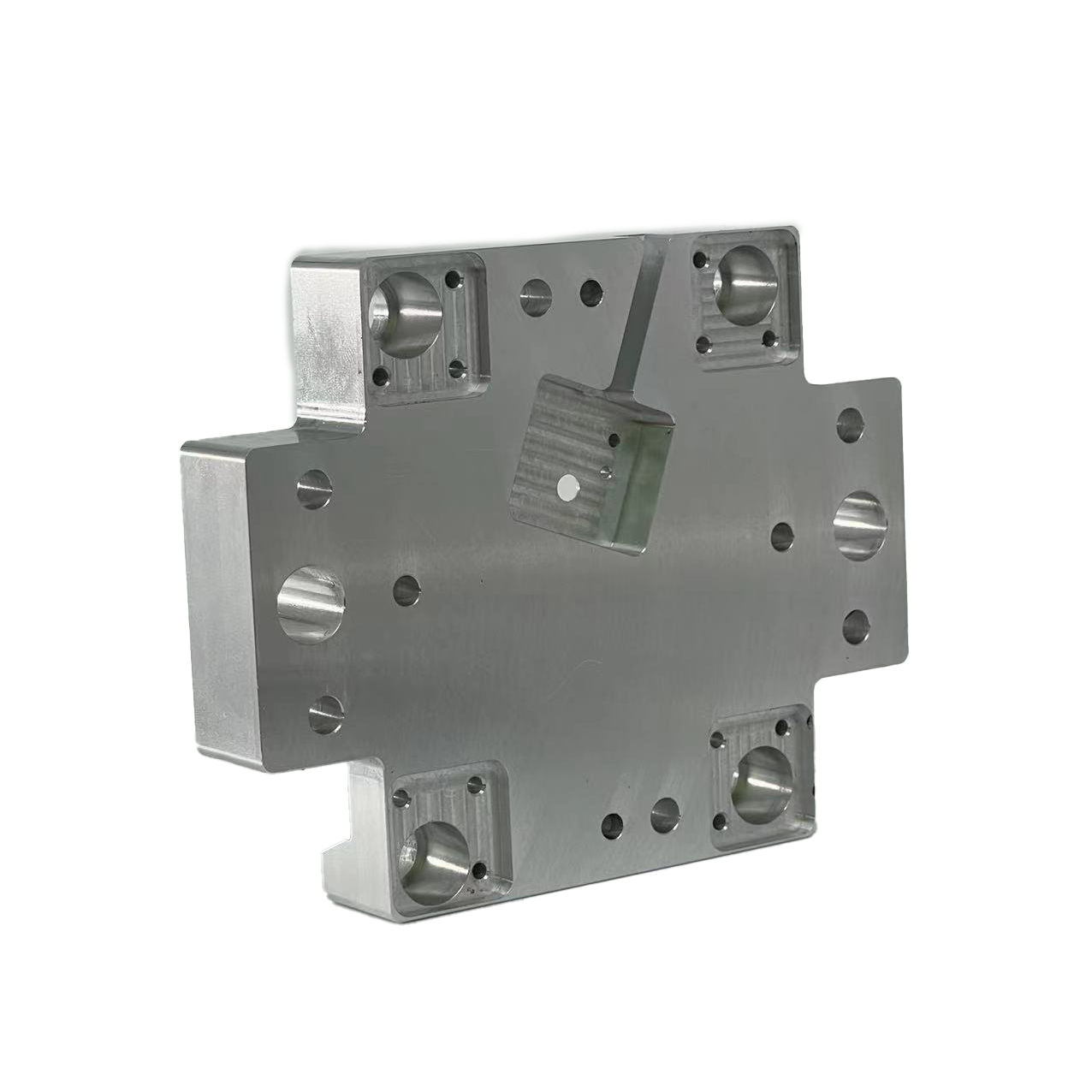
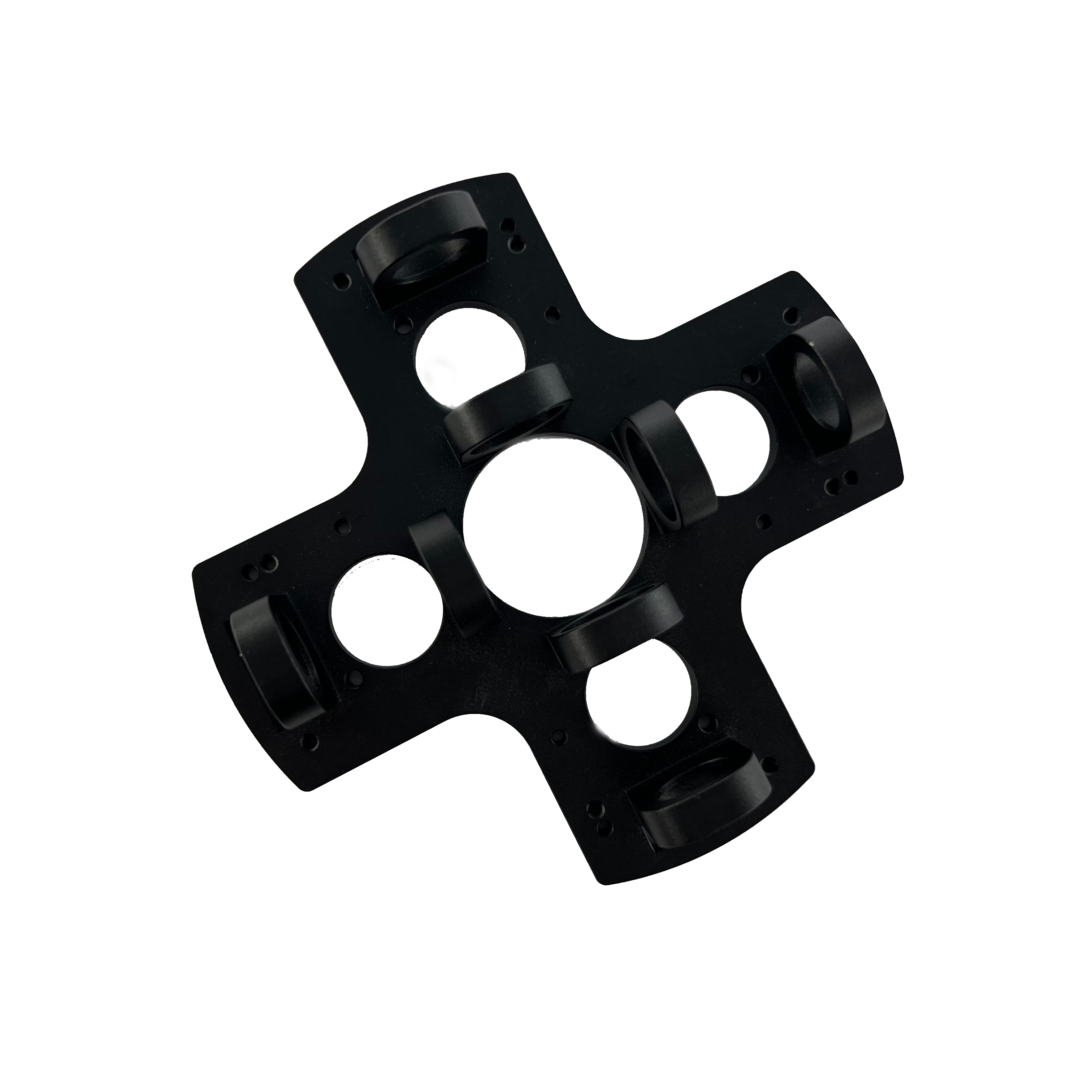
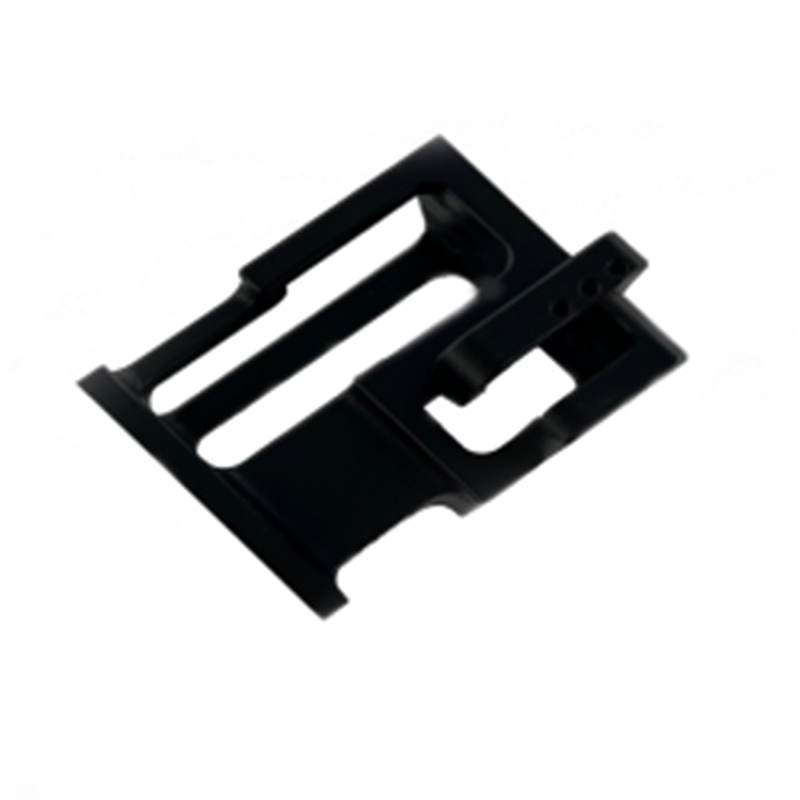
Products categories
-

wechat
-

Whatsapp
whatsapp











